Unique archeological and paleontological sites face destruction from gangs seeking to raid and sell prehistoric remains.
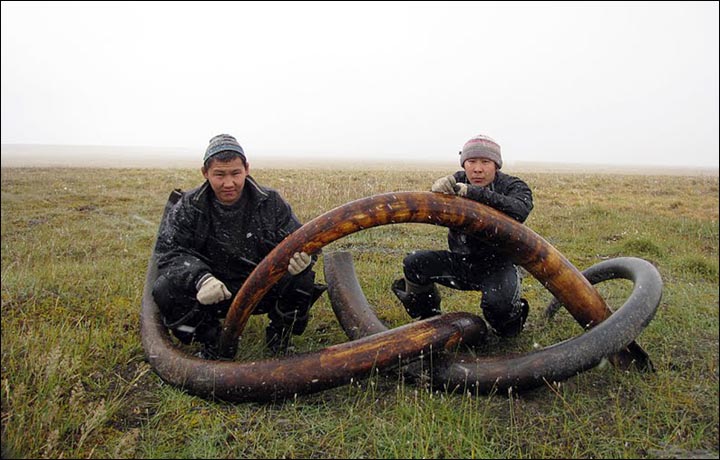
‘The scale of vandalism in the Arctic and damaged caused to its unique monuments is huge.’ Picture: Pavel Boyko
At least seven woolly mammoth cemeteries in the Siberian Arctic have been ‘ruined’ over the past decade, a senior academic and researcher has warned.
The claim comes at a time of unprecedented interest in the remains of the extinct species, with hunters looking for ivory, bone, but also now ancient carcases preserved in the permafrost as scientists compete to obtain DNA in order to bring the giant animals back to life.
‘The scale of vandalism in the Arctic and damaged caused to its unique monuments – palaeontological, geological and archeological – is huge,’ said Vladimir Pitulko, head of the Yano-Indigir expedition, Institute of the History of Material Culture, of the Russian Academy of Sciences.
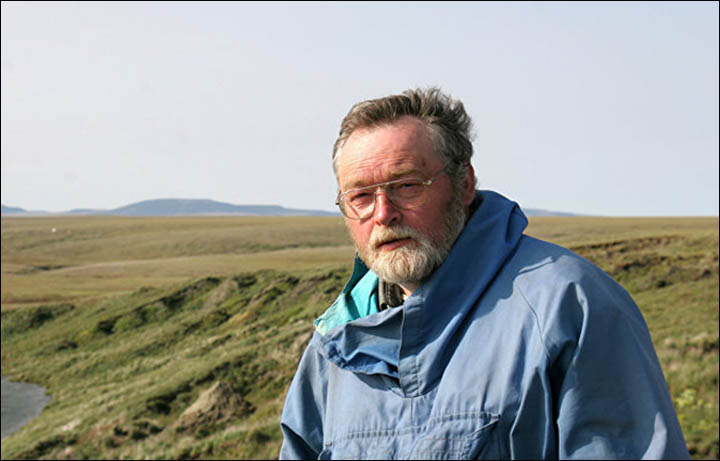
Dr. Vladimir Pitulko, head of the Yano-Indigir expedition, Institute of the History of Material Culture, of the Russian Academy of Sciences. Picture: Vladimir Pitulko
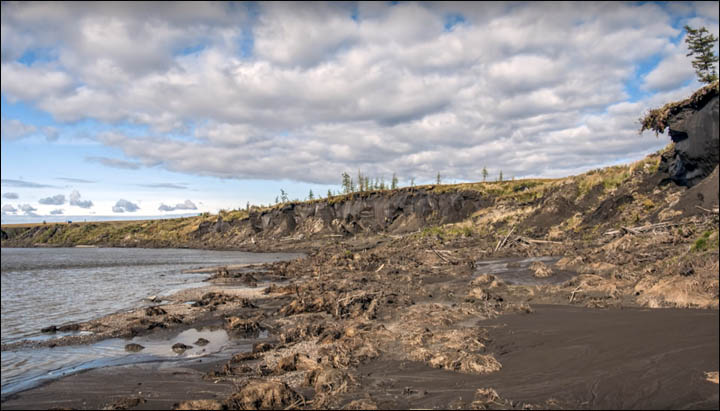
‘It is not only locals, citizens of Russia, who are participating in this process in northeast Siberia, but people from bordering countries,’ he said. ‘The financial and environmental damage is compatible to the damage from illegal amber extraction in the Kaliningrad region.’
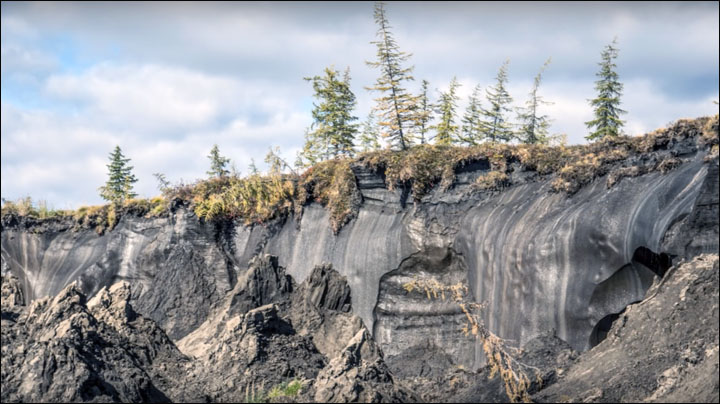
In some cases, ‘illegal’ hunters and diggers use pumps to thaw permafrost which has existed for thousands of years in order to expose remains of ancient mammoths or other species.
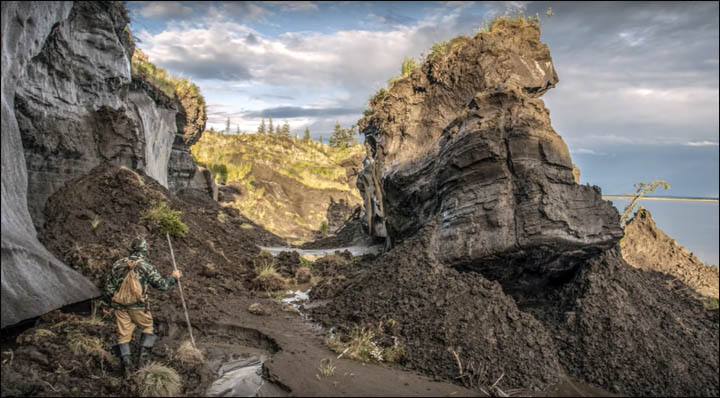
Yana RHS site, in northern Yakutia as seen by photograpger Andrey Shubenkin. Archaeological excavations at Zhokhov island site, pictured by Vladimir Pitulko
Such action can erode the shores of rivers. Reports say one archeological site under threat is the Bunge-Toll site, one of the most ancient monuments in the Arctic.
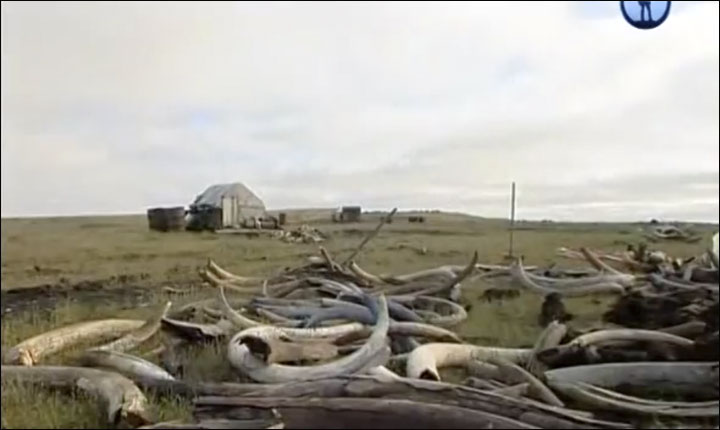
Some 50,000 years old, it was discovered in 1885 by Russian polar researcher Eduard Toll and and features the remains of Pleistocene bison. Researchers fear Pleistocene fauna and prehistoric artifacts will be lost because of vandalism.
‘Such a threat applies to practically all archeological objects in Arctic Siberia, because most of them are related to mammoth bones remains in one way or another,’ said Pitulko.

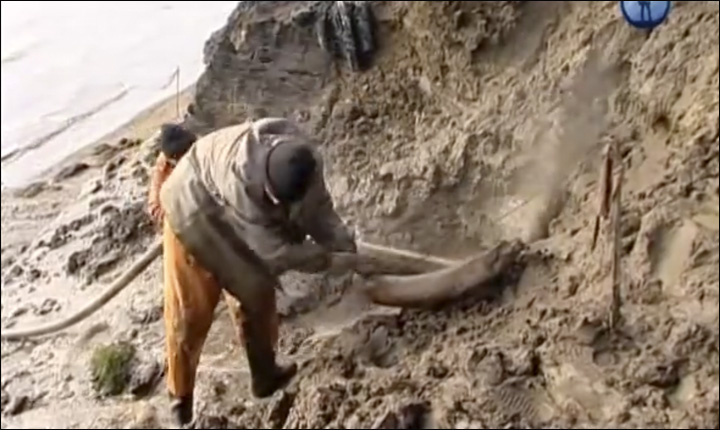
‘Illegal’ hunters and diggers use pumps to thaw permafrost which has existed for thousands of years in order to expose remains of ancient mammoths or other species. Pictures: Moya Planeta
In October, 20 cold and starving mammoth tusk hunters were rescued from remote Bolshoy Lyakhovsky island, part of the New Siberian chain.
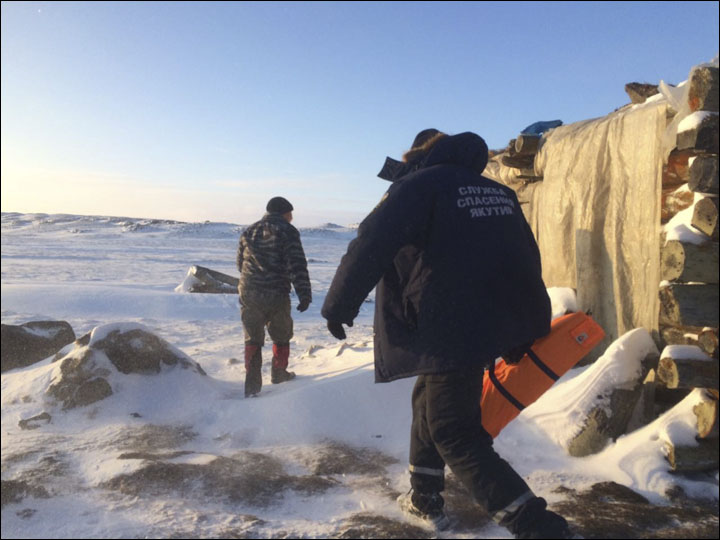
Six of the men were airlifted in a critical condition suffering from exposure.
The case highlighted the risks hunters are prepared to take especially late in the Arctic summer, when the permafrost retreats leaving mammoth remains more visible.
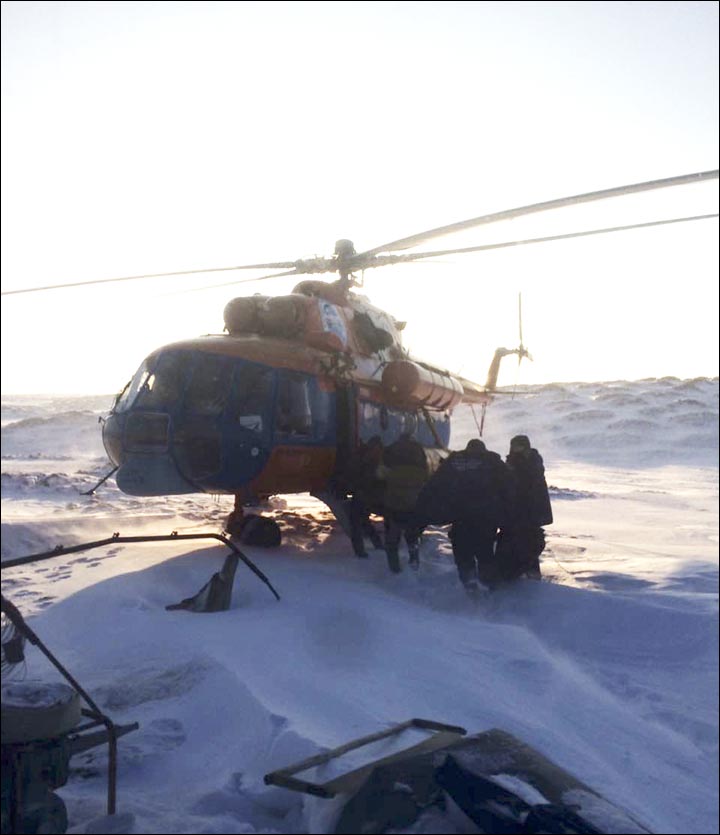
20 cold and starving mammoth tusk hunters were rescued from remote Bolshoy Lyakhovsky island, part of the New Siberian chain. Pictures: Rescue Service of Yakutia